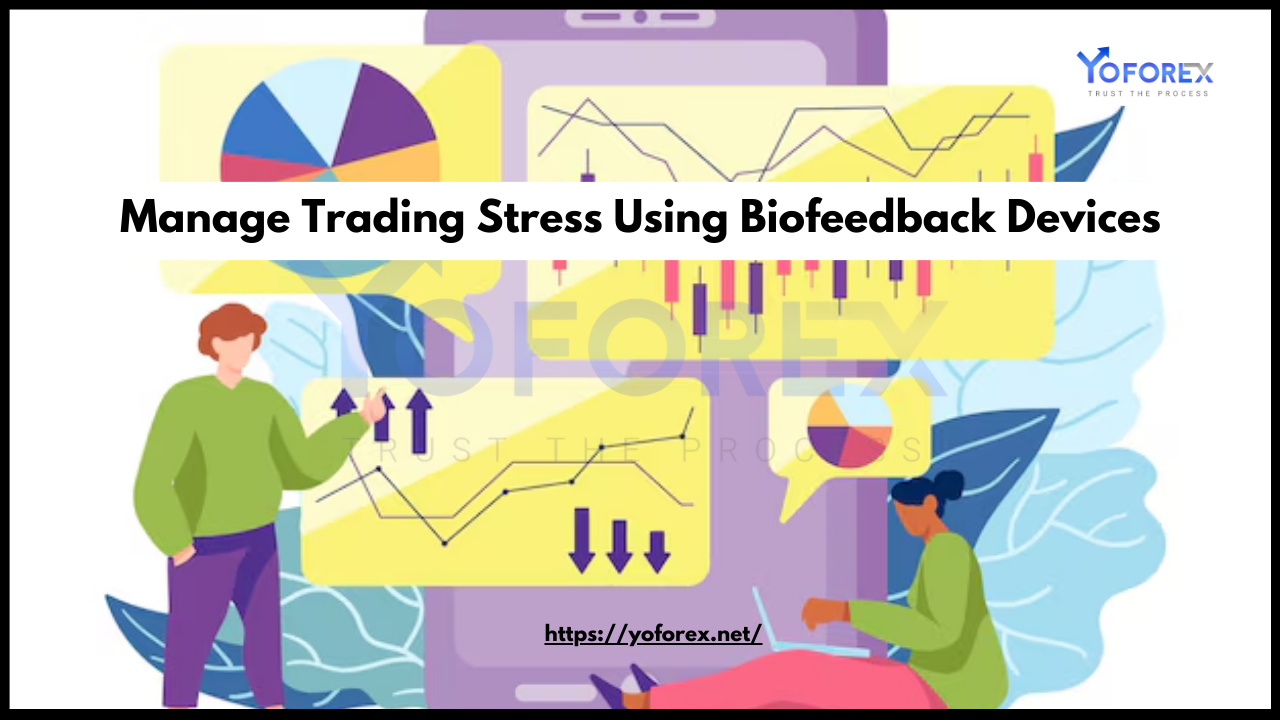Trading in the forex or stock market is not just about numbers, charts, and strategies; it is also about managing emotions and stress. The high volatility and fast-paced nature of trading can lead to significant mental strain, affecting decision-making and performance. One of the most effective modern solutions to this problem is biofeedback devices, which help traders monitor and regulate their physiological responses to stress.
This article explores how biofeedback devices work, their benefits, and how traders can integrate them into their daily routine to enhance focus, emotional control, and overall performance.
What Are Biofeedback Devices?
Biofeedback devices are tools that measure physiological signals such as heart rate, skin temperature, brainwave activity, and muscle tension. These signals are then analyzed to provide real-time feedback, helping individuals gain control over their body’s stress response.
Common biofeedback devices include:
- Heart Rate Variability (HRV) Monitors – Measure heart rate fluctuations to assess stress levels.
- Electromyography (EMG) Sensors – Detect muscle tension and help users relax.
- Electroencephalogram (EEG) Devices – Monitor brainwave activity for improved focus and stress management.
- Galvanic Skin Response (GSR) Sensors – Measure skin conductivity to track emotional arousal.
How Biofeedback Helps Traders
Trading stress often results from the uncertainty of the market, fear of loss, and pressure to make quick decisions. Biofeedback devices help traders in the following ways:
1. Enhancing Self-Awareness
By tracking real-time physiological responses, traders can recognize early signs of stress and take corrective action before it affects their decision-making.
2. Improving Emotional Regulation
Biofeedback training allows traders to develop techniques such as deep breathing, meditation, and mindfulness to stay calm under pressure.
3. Boosting Focus and Concentration
EEG-based biofeedback helps traders maintain a state of relaxed alertness, enhancing their ability to analyze charts and execute trades without distraction.
4. Reducing Impulsive Decisions
Monitoring heart rate variability (HRV) can indicate when a trader is emotionally overwhelmed, prompting them to step back and reassess their approach.
5. Building Resilience Over Time
Consistent use of biofeedback devices trains the nervous system to handle stress more effectively, leading to long-term improvements in trading performance.

Top Biofeedback Devices for Traders
1. Muse Headband (EEG Monitoring)
Muse helps traders practice mindfulness by providing real-time feedback on brain activity, guiding them toward a more focused and calm state.
2. HeartMath Inner Balance (HRV Monitor)
HeartMath provides insights into heart rate variability, helping traders improve emotional regulation and stress resilience.
3. EmWave2 (HRV & Breathing Guide)
This handheld device helps traders achieve coherence between heart rate and breathing patterns, reducing stress and improving cognitive function.
4. GSR2 (Galvanic Skin Response Sensor)
GSR2 measures skin conductivity to detect emotional arousal, helping traders manage anxiety before making critical decisions.
5. Versus Headset (Neurofeedback Trainer)
Designed for high-performance individuals, this EEG headset trains traders to achieve a state of peak mental performance.
How to Integrate Biofeedback into Your Trading Routine
1. Start with Baseline Measurements
Before making any changes, use a biofeedback device to assess your stress levels during different phases of your trading day.
2. Use Biofeedback Before Trading
Engage in deep breathing or mindfulness exercises using your biofeedback device to enter a calm and focused state before starting your trading session.
3. Monitor Stress Levels During Trading
If your device detects high stress or erratic physiological responses, take a break or step back from the market to regain composure.
4. Train with Biofeedback Daily
Spending even 10-15 minutes a day on biofeedback training can help condition your nervous system to respond better to trading stress.
5. Evaluate and Adjust Strategies
Regularly review biofeedback data to identify patterns and make lifestyle adjustments that support better stress management.
Conclusion
Stress is an inevitable part of trading, but it doesn’t have to be a performance killer. By incorporating biofeedback devices into your trading routine, you can gain better control over your emotions, improve focus, and make more rational trading decisions.

